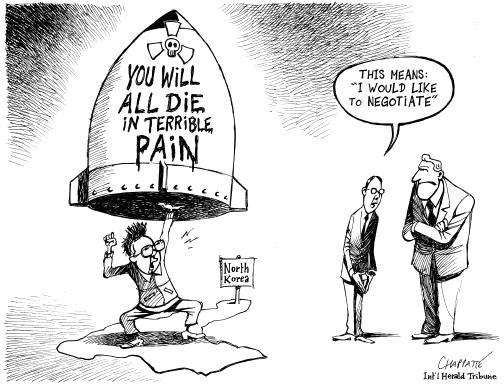Happy Go Spending World
http://www.youtube.com/watch?v=8zVUUFBEHss
One of the most important elements of the economic growth in the beginning of the golden age sets back to the rise of residential construction and the spending on consumer goods. The erupt demand for housing, television sets, home appliances and cars, transpired from a population shift from the cities to the suburbs. As Foner has stated, “By 1960, suburban residents of single-family homes outnumbered urban dwellers and those living in rural areas.”
The film above illustrates the cultural differences from urban and suburban residents; alluding the viewer a cherry image of suburban life with its color motion, where as, depicting the urban life with black and white motion. It also portrays the consumer culture of the time, targeting young adults that derives for the demand of a new kind of marketing. Like the film stated, it was a “happy go spending world.” Shopping malls were created in their image, building in fountains, statues, restaurants and free standing stairways. The stores also included many banks, loan offices and rental plans.












